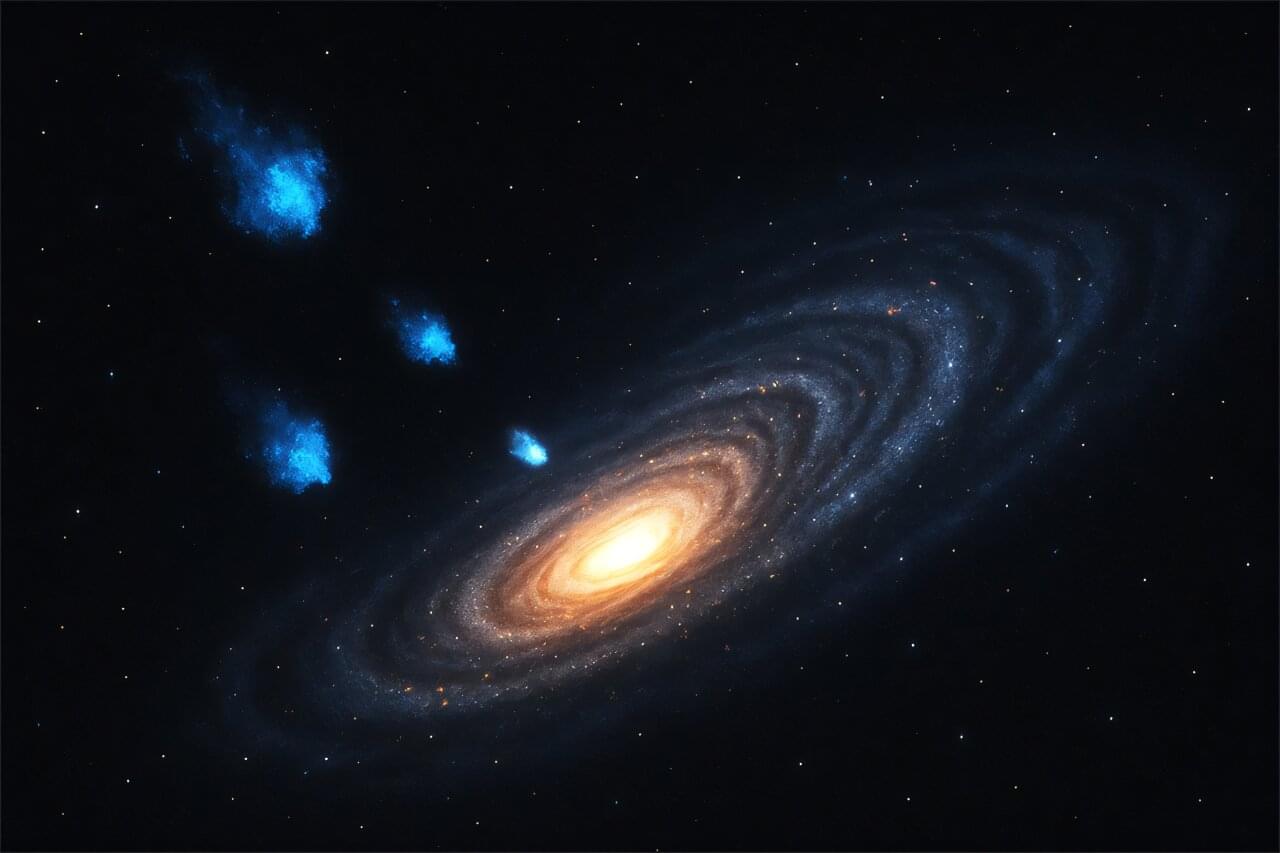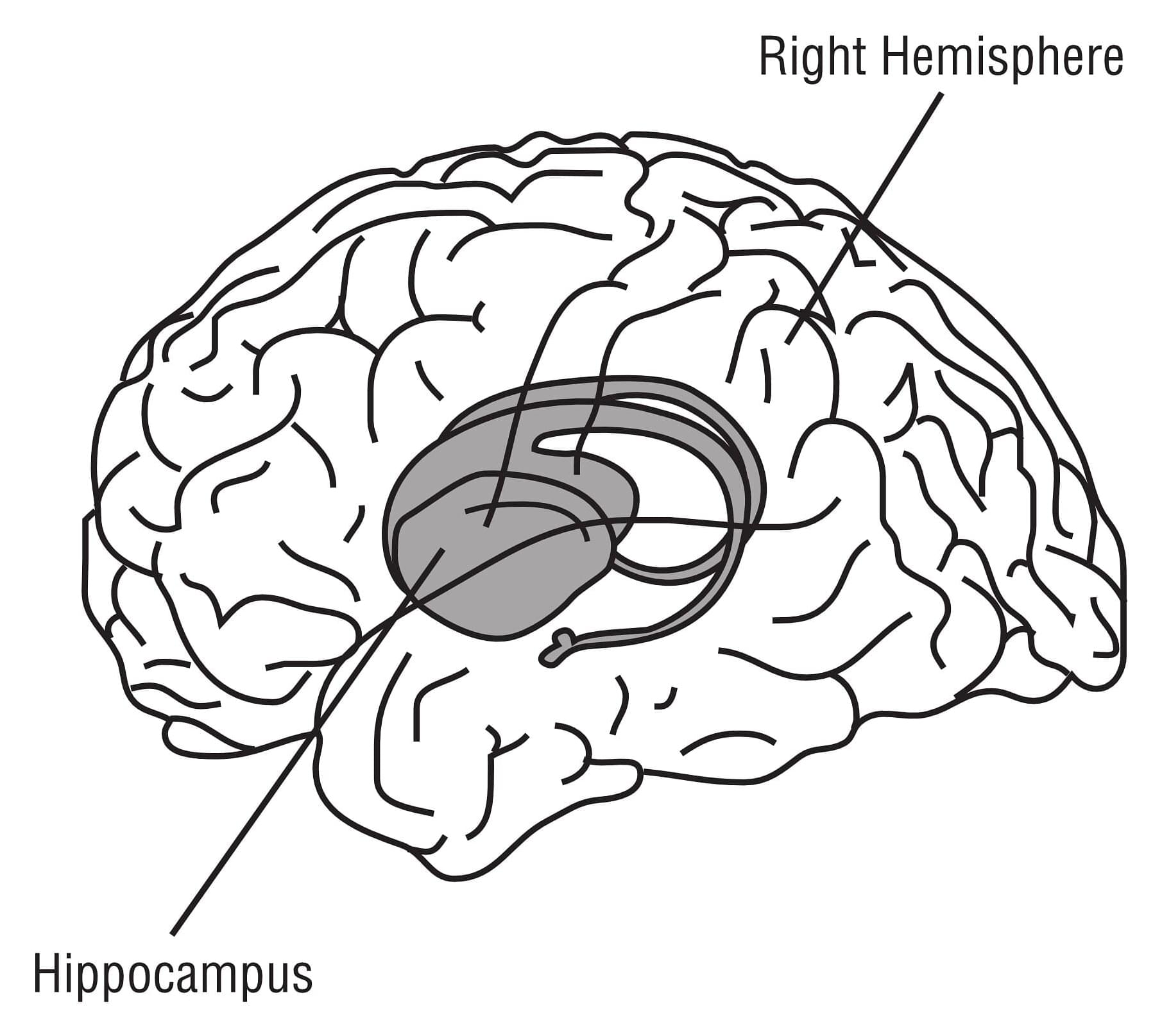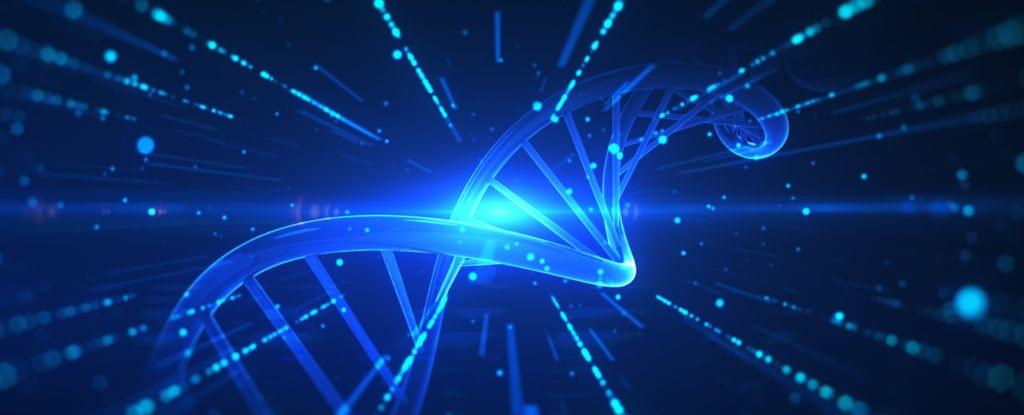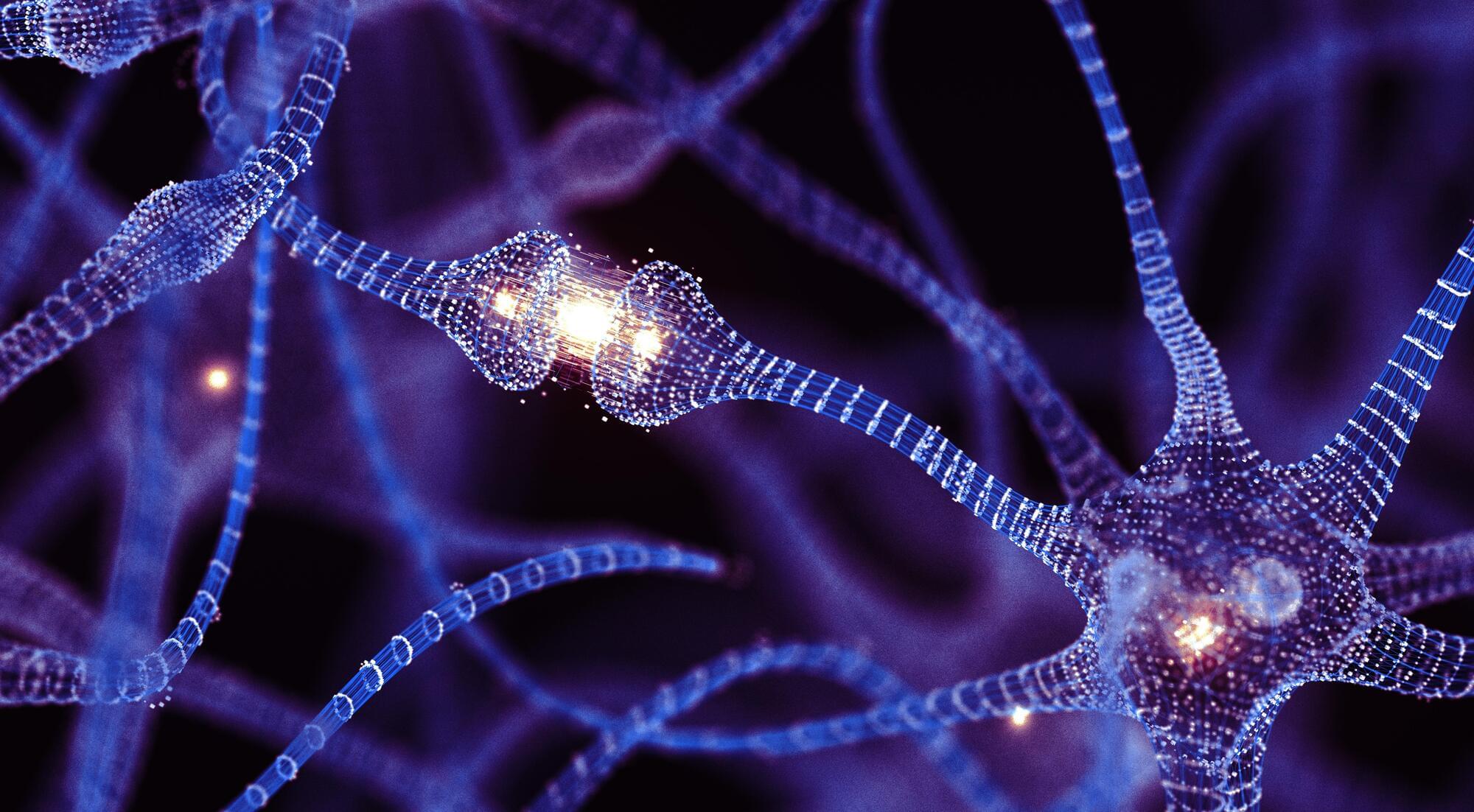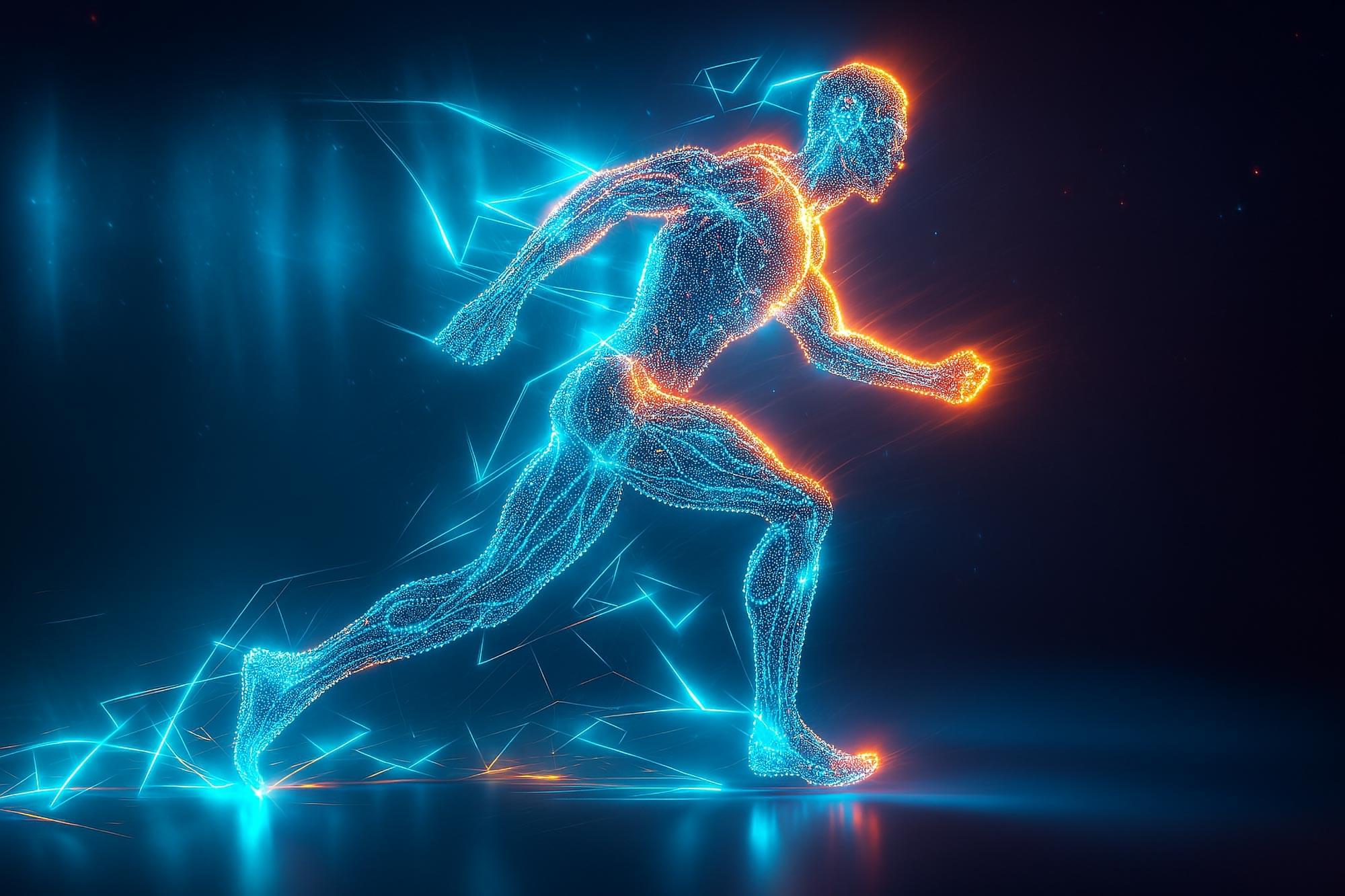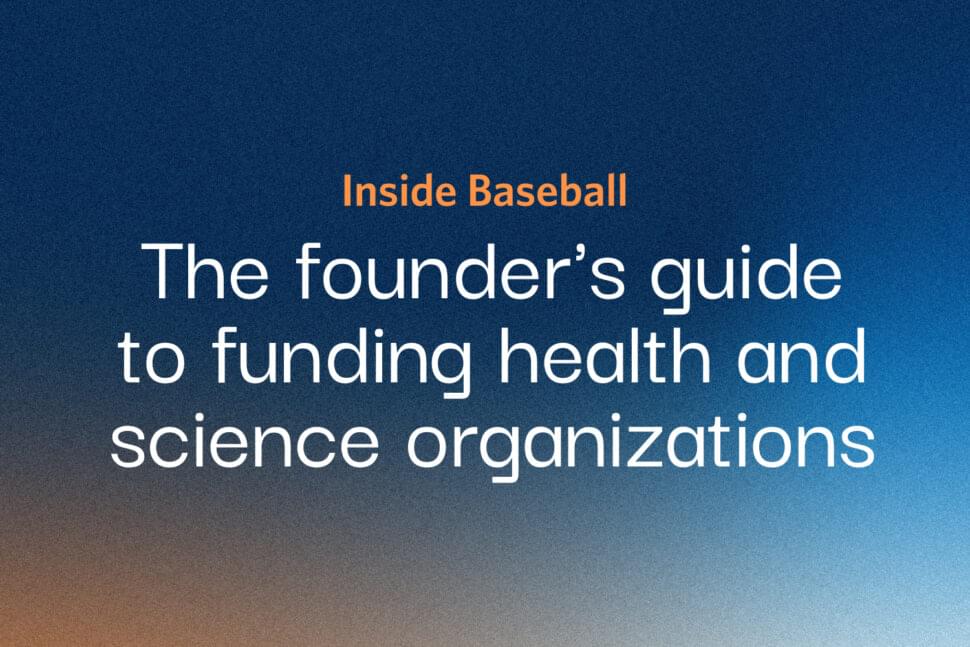A new result from the molecular gas survey in the Southern Pinwheel Galaxy M83 using the Atacama Large Millimeter/submillimeter Array (ALMA) Telescope reveals a discovery of 10 high-velocity clouds composed of molecular gas, moving at velocities significantly different from M83’s overall rotation, an indication that the influx of these gases—which help to form stars—are from outside the galaxy.
This survey is led by Jin Koda, professor in the Department of Physics and Astronomy in the College of Arts and Sciences at Stony Brook University, who collaborated with Maki Nagata and Fumi Egusa, of the University of Tokyo, as well as an international team of astrophysicists. Their findings are published in The Astrophysical Journal.
Galaxies are primarily composed of stars and gas, with gas serving as the material for forming new stars. Through this process of star formation, galaxies evolve by converting gas into stars. It is estimated that without a supply of gas from external sources, the existing gas in a galaxy would be consumed within about 1 billion years and star formation would cease. The team’s finding on the molecular composition of M83 provides new insight into how galaxies may evolve over millions and billions of years.
